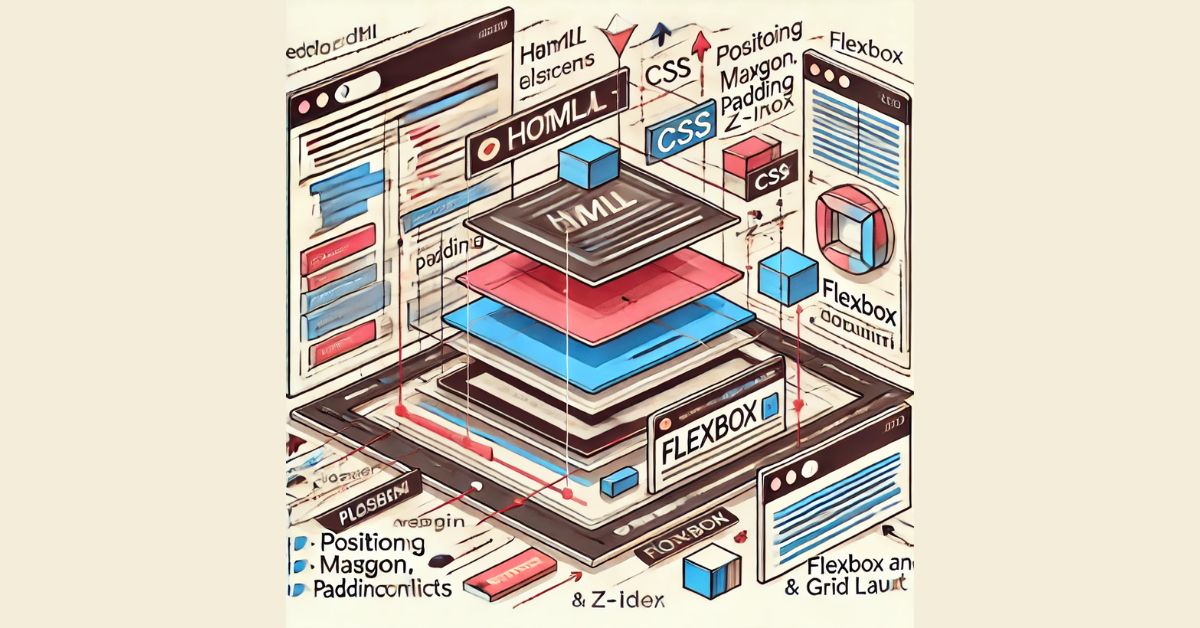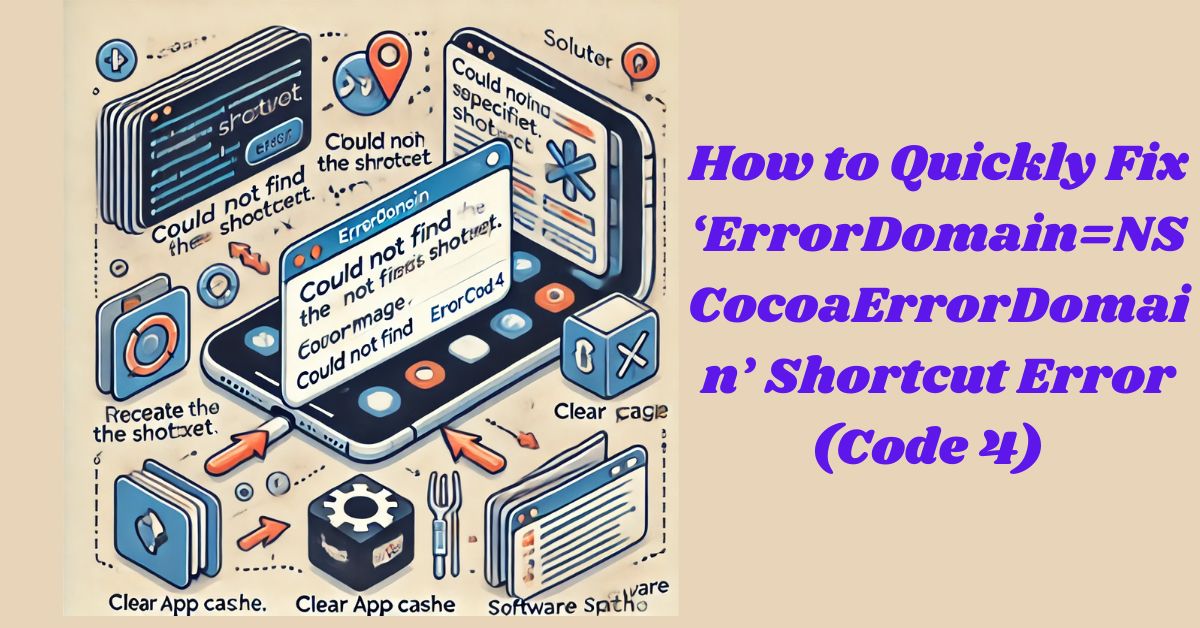If your iPhone is slow or apps are unresponsive, try clearing the cache. It can improve performance. This guide will show you how to clear the cache on an iPhone. It will speed it up and free up storage.
What is cache?
Before we dive into the steps, it’s important to understand what cache is. Cache refers to temporary data stored by apps and websites to speed up loading times. Over time, this data can build up. It may slow down your iPhone and use up space.
Why Clear Cache on Your iPhone?
Clearing the cache can solve many performance issues. Here’s why you might consider doing it:
- Improve Device Speed: Cached data can clog up your device, making it run slower.
- Free Up Storage Space: Apps like Safari and third-party ones store a lot of data you might not need.
- Fix App Performance Issues: Clearing the cache can fix app crashes and other issues.
- Enhance Privacy: The cache may include personal data, like browsing history. It could be vulnerable.
How to Clear Cache on iPhone (Step by Step)
There are different methods to clear cache on an iPhone. It depends on whether you’re clearing the cache for Safari, apps, or the whole system.
1. Clear Safari browser cache
Safari is the default browser on iPhones. Clearing its cache can improve performance and security.
Steps to Clear Safari Cache:
- Open the Settings app on your iPhone.
- Scroll down and tap on Safari.
- Scroll further down and tap Clear History and Website Data.
- Confirm your action by tapping Clear History and Data.
This will delete all your browsing history, cookies, and cache from Safari.
2. Clear cache for individual apps
Unfortunately, iPhones don’t have a built-in option to clear the cache of every app at once. However, you can delete and reinstall apps to clear the app cache or offload them to save data.
Offload an app to clear cache:
- Go to Settings > General.
- Tap iPhone Storage.
- Scroll down to find the app you want to clear the cache for.
- Tap the app and then tap Offload App.
- Confirm by tapping Offload App again.
This will free up storage space while keeping the app’s documents and data intact.
3. Clear System Cache by Restarting Your iPhone
Restarting your iPhone is a simple way to clear out some temporary system cache files.
Steps to Restart Your iPhone:
- Press and hold the Side Button and either Volume Button until the Power Off slider appears.
- Slide to turn off the device.
- After a few seconds, press and hold the Side Button again to turn your iPhone back on.
Restarting clears the temporary system cache. This can boost performance.
Additional Tips for Managing Cache on iPhone
Clearing cache is a good habit. But, there are better ways to manage storage and performance on your iPhone.
- Regularly Update Your iOS: An updated OS keeps your phone efficient.
- Offload Unused Apps: Go to Settings > iPhone Storage. Enable Offload Unused Apps to clear space automatically.
- Use Cloud Storage: Free up space by backing up photos, videos, and files to iCloud or other cloud services.
- Monitor Storage Usage: To manage space, check Settings > General > iPhone Storage.
Frequently Asked Questions
Does clearing cache on iPhone delete data?
Clearing the cache for Safari or apps won’t delete your personal data, like photos, messages, or contacts. However, in Safari, clearing the cache also clears your browsing history and cookies.
How often should I clear the cache on my iPhone?
Clear your cache every few weeks. This is important if your device is sluggish or low on storage.
Will clearing cache make my iPhone faster?
Yes, clearing cache can improve your iPhone’s performance. It frees up storage and removes temporary files that slow it down.
Conclusion: Keep Your iPhone Running Smoothly
Clearing cache on your iPhone is an easy way to boost its speed, free up storage, and fix app glitches. Clearing the Safari cache, offloading apps, or restarting your device can help. Perform regular backups to prevent data loss and free up storage.
Maintain cache and storage options through periodic updates. This will keep optimal performance and avoid slowdowns.
Read More: What Is RJ45 Color Code?










